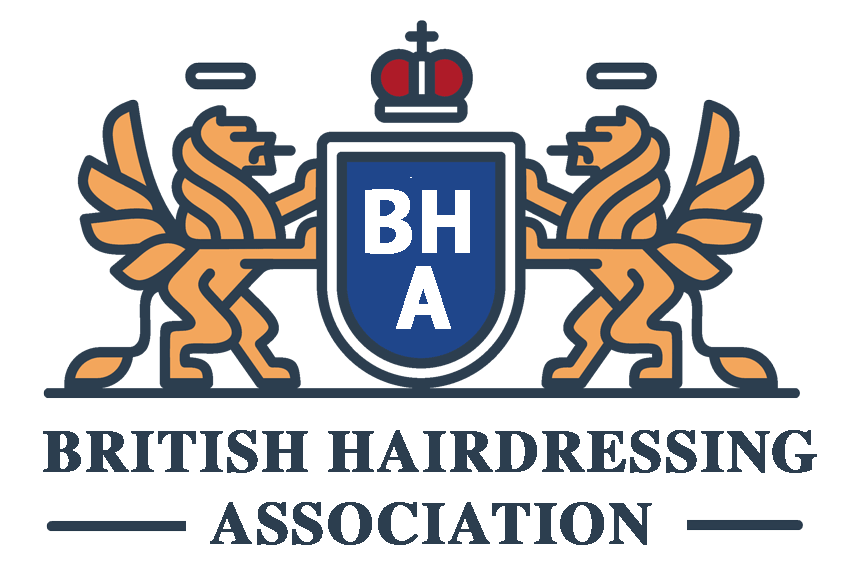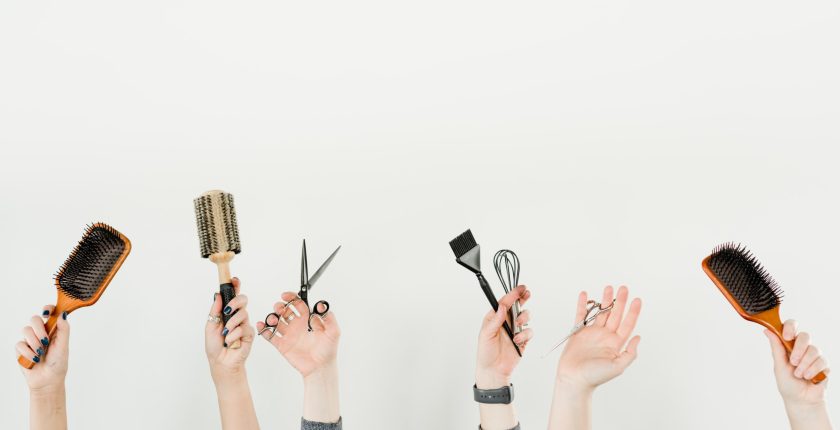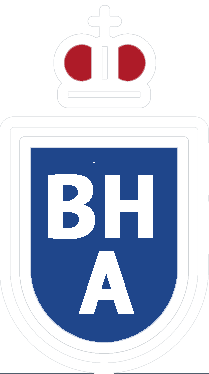Health and Safety in Hairdressing: Protecting Yourself and Your Clients
<!-- Start of Article -->
<h1>Health and Safety in Hairdressing: Protecting Yourself and Your Clients</h1>
<p>Ensuring the health and safety of both hairdressers and clients is paramount in the beauty industry. Hairdressing involves the use of chemicals, sharp tools, and close physical interactions, which all present unique challenges and risks. Implementing robust health and safety measures is essential for preventing accidents and ensuring a safe environment.</p>
<h2>The Importance of Health and Safety in Hairdressing</h2>
<p>Health and safety regulations are designed to protect everyone within the salon environment. For hairdressers, understanding these guidelines is crucial not just for compliance but also to foster trust and maintain the salon’s reputation. A commitment to safety highlights professionalism, attracting more clients while minimizing liability risks.</p>
<h3>Common Risks in Hairdressing</h3>
<p>Hairdressers face various occupational hazards including:</p>
<ul>
<li><strong>Chemical Exposure:</strong> Repeated exposure to hair dyes, bleaches, and other chemical products can cause respiratory issues, skin irritation, or allergic reactions.</li>
<li><strong>Repetitive Strain Injuries (RSIs):</strong> Long periods of standing and repetitive motions, such as cutting and styling, can lead to musculoskeletal disorders.</li>
<li><strong>Cuts and Burns:</strong> The use of sharp tools and hot styling equipment can result in accidental cuts or burns.</li>
<li><strong>Slips and Trips:</strong> Spilled liquids and hair on the floor are common causes of slips and trips within salons.</li>
</ul>
<h2>Best Practices for Health and Safety in Hair Salons</h2>
<p>Implementing effective health and safety practices is vital for reducing risks. Here are key strategies for maintaining a safe salon environment:</p>
<h3>Personal Protective Equipment (PPE)</h3>
<p>Wearing appropriate PPE can drastically reduce the risk of injury. Hairdressers should use gloves when handling chemicals, wear non-slip footwear to prevent falls, and consider protective eyewear during chemical treatments.</p>
<h3>Safe Handling and Use of Products</h3>
<p>All chemical products should be properly labeled and stored. Staff should receive training on correctly mixing and applying chemicals, following manufacturer instructions to minimize risks of exposure and adverse reactions.</p>
<h3>Equipment Maintenance</h3>
<p>Regularly checking and maintaining tools and equipment ensures they operate safely and efficiently. This includes cleaning and sterilizing tools to prevent the spread of infections, and ensuring electrical tools are checked for safety compliance.</p>
<h2>Health and Safety Training</h2>
<p>Continuous education on health and safety is fundamental. Regular training sessions can keep staff updated on the latest safety protocols and emergency procedures. This knowledge equips employees to handle potential hazards with confidence.</p>
<h3>Creating a Safety Culture</h3>
<p>A culture of safety within the salon encourages everyone to prioritize health and safety. Open communication and a clear reporting process for accidents and near-misses can help prevent future incidents. Encouraging feedback and suggestions from staff can also lead to improvements in safety procedures.</p>
<h2>Conclusion</h2>
<p>Prioritizing health and safety in hairdressing not only protects clients and employees but also enhances the overall quality of service offered. By implementing effective safety measures, maintaining high standards, and investing in continual staff training, salons can minimize risks and create a welcoming and safe environment.</p>
<!-- End of Article -->

